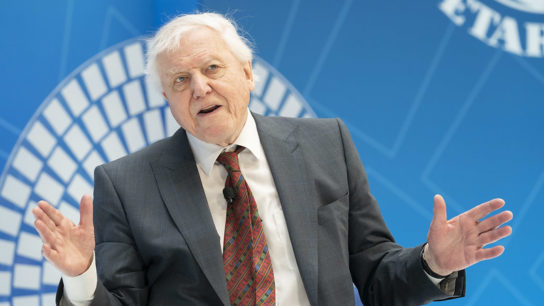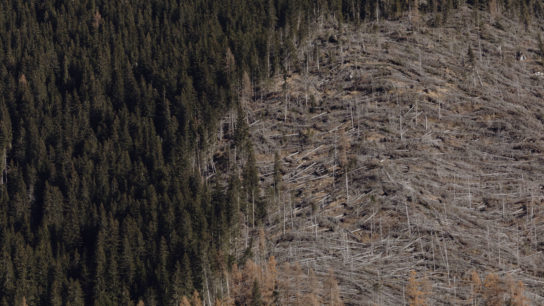One of the questions asked at the Third Global Session of the UN Science-Policy-Business Forum held during the UN Environment Assembly included: “How do we get to a more sustainable and inclusive future if we don’t know where we are?” This is where big data comes in and right now, it is clear that we do not have the data we need to answer these questions. How can we use big data to fight climate change?
—
What is Happening?
- The virtual forum delivered into the role of big data and how it can help mitigate climate change and transition to a sustainable future.
- Opening the session, United Nations Environment Programme (UNEP) Executive Director Inger Andersen said that science needs to be digitised so it can be more democratic and accessible.
- Big data- whether historical or real-time- can help us tackle the problem by locating harmful emissions or identifying pressure points along the supply chain, for example.
Andersen said, “Big data and new tech can support real-time monitoring of the environment, help consumers adopt more sustainable behaviour, and create sustainable value chains. The UN Secretary-General has made it very clear that digital transformation has to be part and parcel of the UN … we have oceans of data but drops of information.”
- UNEP studies show that for 68% of the environment-related Sustainable Development Goal indicators, there is not enough data to assess progress.
- Data deficit is hindering the world’s ability to respond to climate change; connectivity in the poorest countries is only around 17% compared to above 80% in wealthier countries. Participants at the event stressed that knowledge obtained through the latest digital technologies such as Artificial Intelligence, Machine Learning and the Internet of Things could speed up progress on environmental goals. Better data could inform interventions and investment, while boosting results and impact measurement.
Petteri Taalas, Secretary-General of the World Meteorological Organization, said earth observation systems and early warning services were still poor in parts of the world, with around USD$400 million needed to improve these. He added, “That is one of the ways to adapt to climate change – to invest in early warning services and observation systems. We have to monitor what is happening to the climate but this monitoring is in poor shape.”
- It was acknowledged that making the right technology available to developing countries not only presents a significant financial challenge, but also underlines the need for accessible, open-source technology.
You might also like: Brazil is Using COVID-19 to Weaken Environmental Laws
What is the UNEP Doing to Bridge the Digital Divide?
- The UNEP is currently undertaking a digital transformation process, focusing on four key challenges:
- Help producers measure and disclose the environmental and climate performance of their products and supply chains;
- Help investors assess climate and environmental risks and align global capital flows to climate goals;
- Enable regulators to monitor real-time progress and risks;
- Integrate this data into the digital economy to shape incentives, feedback loops and behaviours
- In 2019, the UNEP also released the World Environment Situation Room, a platform put together by a consortium of Big Data partners in 2019, includes geo-referenced, remote-sensing and earth observation information and collates climate data in near real-time.

















